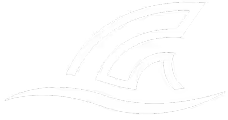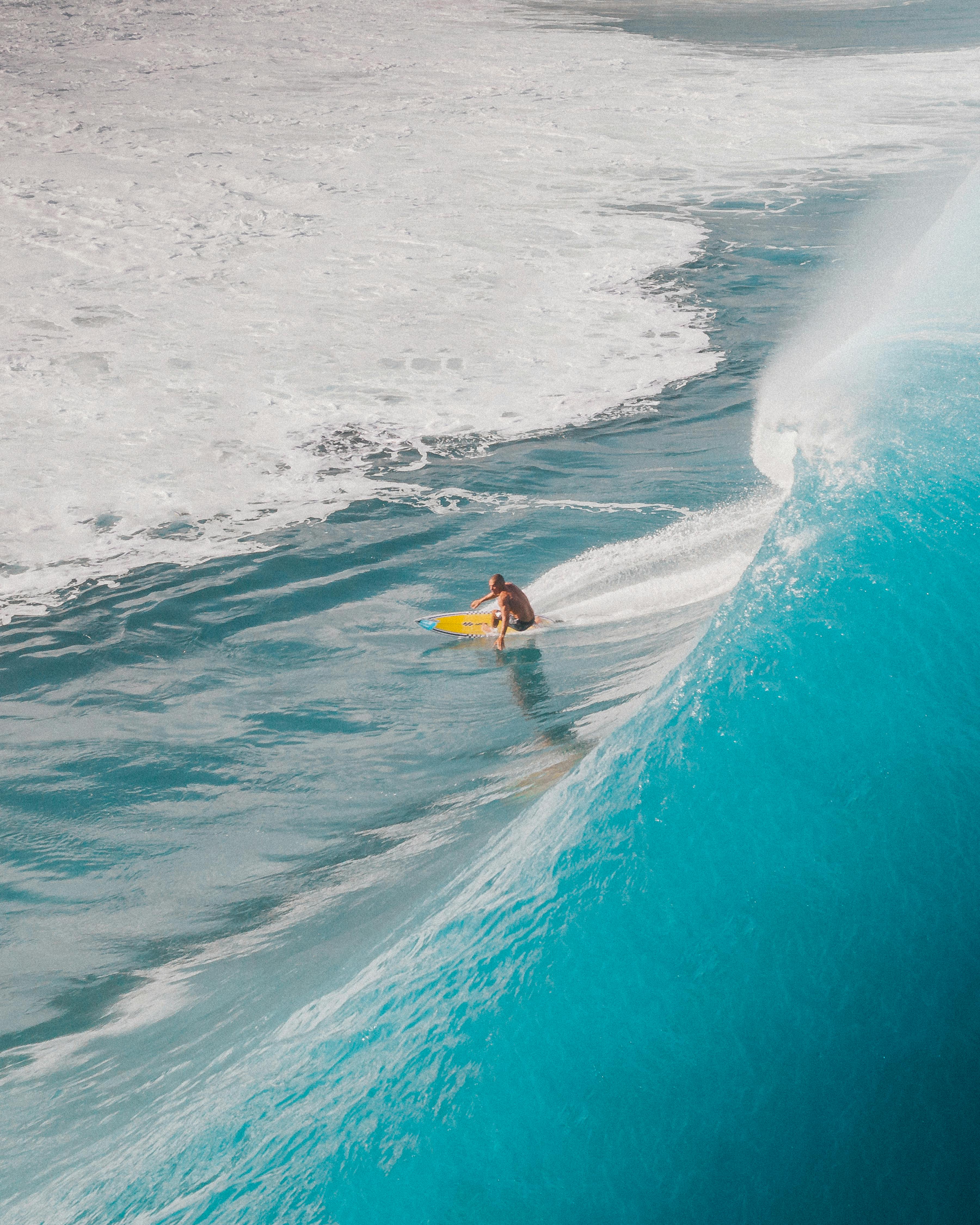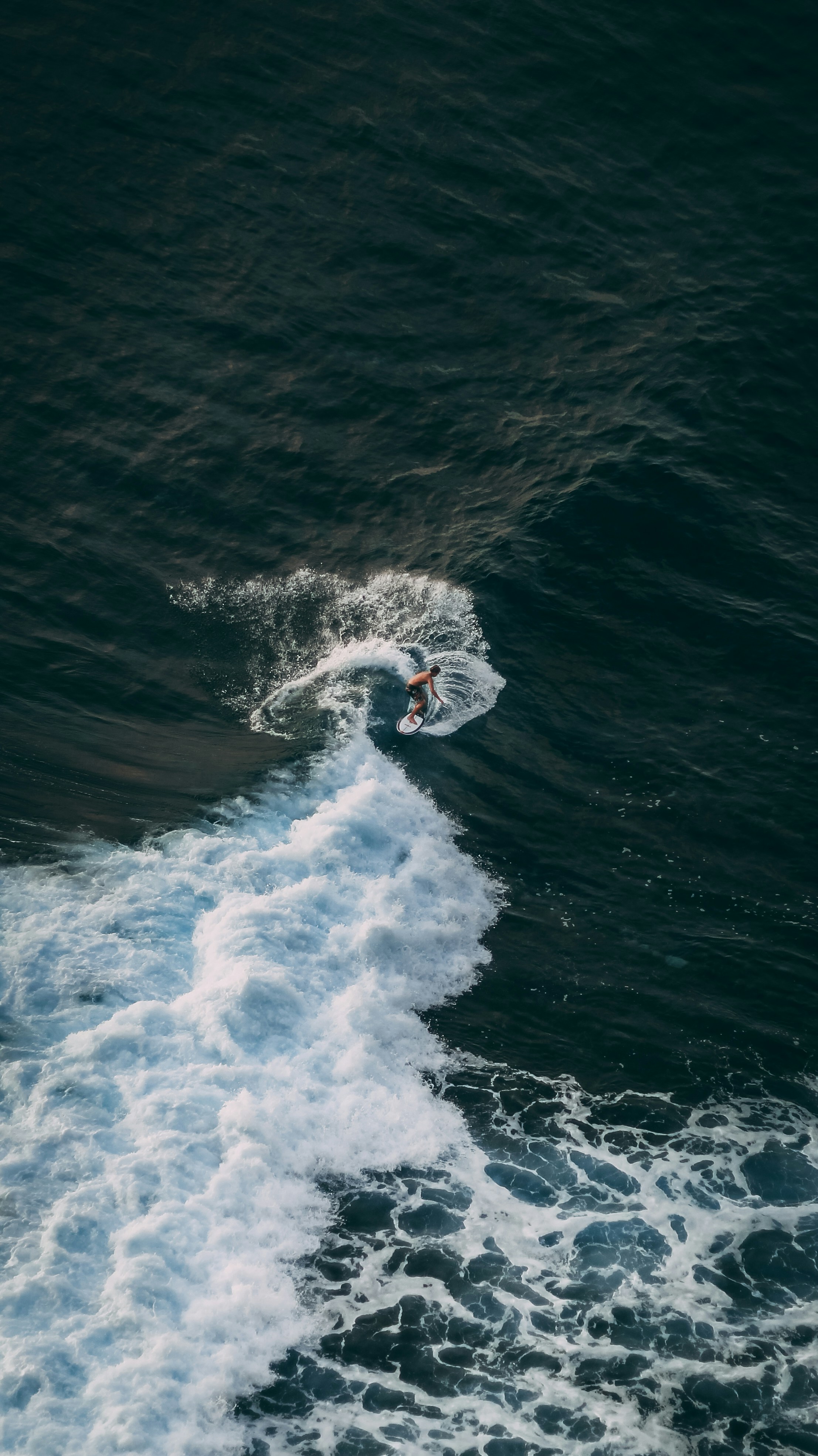What Separates Advanced Surfers From Intermediates? This.
Advanced surfers don’t just turn harder or paddle faster.
They read better. React quicker. Time things tighter.
They’re deliberate with every movement – and they spend their speed, risk, and power wisely.
Here’s what starts to change when you make the jump to high-level surfing:
1. You Ride the Right Board – On Purpose
Progression isn’t about chasing volume – it’s about losing it strategically.
Once you can consistently catch waves and feel your board holding you back, it’s time to downsize.
Thinner, lighter, lower-volume boards feel twitchy at first – but they unlock precision.
Your groveler should float more. Your all-rounder, less. Tiny tweaks in volume (even 0.3L) change how turns feel.
2. You Don’t Just Turn – You Pick the Turn
Steep section? Maybe it’s a tail blow.
Flattening out? Roundhouse.
Soft shoulder? You might need to wait.
Advanced surfers match turn to section, not the other way around.
They look, compress, lead with the arms – and adjust based on real-time wave feedback.
They know: not every section is a hammer section.
3. You Use Rail Before You Use Air
Before going airborne, good surfers learn to bury rail.
Every proper cutback, blow tail, or rotation starts the same way:
- Look first
- Coil like a spring
- Shift weight (toes or heels)
- Time the release
When the body’s aligned – head, shoulders, hips, feet – it all flows.
Skip this part, and your “air game” will plateau before it starts.
4. You’re Comfortable Going Backwards
Rotational moves are where risk meets reward.
Whether it’s a reverse or a 360, it means:
- Kicking out the fins
- Going backwards on a board built to go forward
- Re-aligning mid-slide without wiping out
These aren’t party tricks. They’re proof you can read, commit, and recover – on speed.
5. You Know When to Boost (and When Not To)
Airs need two things: projection and landing.
Steep enough to launch. Soft enough to land.
Pros like John John or Medina aren’t just more talented – they’re more selective.
They wait. They find the section. They hit it hard because they skipped the five that came before.
Most surfers try airs too often – or never. The best? Only when it makes sense.
6. You’ve Been Barreled – Properly
Getting tubed isn’t luck. It’s positioning, angle, confidence – and micro speed adjustments once you’re in.
Your job:
- Spot the wave
- Paddle in with the right line
- Set your stance early
- Read the lip, adjust your height, and hold your line
It’s not just about making it out. It’s about entering with intent.
7. You Understand Flow (Even If You Can’t Define It)
Flow isn’t about ripping harder – it’s about linking better.
Watch Rob Machado. He doesn’t surf the wave – he complements it.
Some sections get 3 speed points. Others get 1. And the best ones get 6.
Advanced surfers know where to push and where to wait.
They surf with rhythm. With purpose. With patience.
How TRAX Helps You Level Up
TRAX is built for surfers who are ready to get better – not just ride more.
It tracks:
– Your turn angles
– Your timing through transitions
– Your rail engagement
– Where you gain speed – and where you waste it
It even flags which turns matched the section, and which ones weren’t worth the energy.
If you’re done guessing, and ready to fine-tune your progression – TRAX is the coach that sees it all.
Related Reading:
→ What You Think You’re Doing – and What You’re Actually Doing – Perception is not reality. Here’s how to close the gap.
→ Fix Your Surf Pop-Up – Still not consistent? Get the base right before adding layers.

.jpg)






